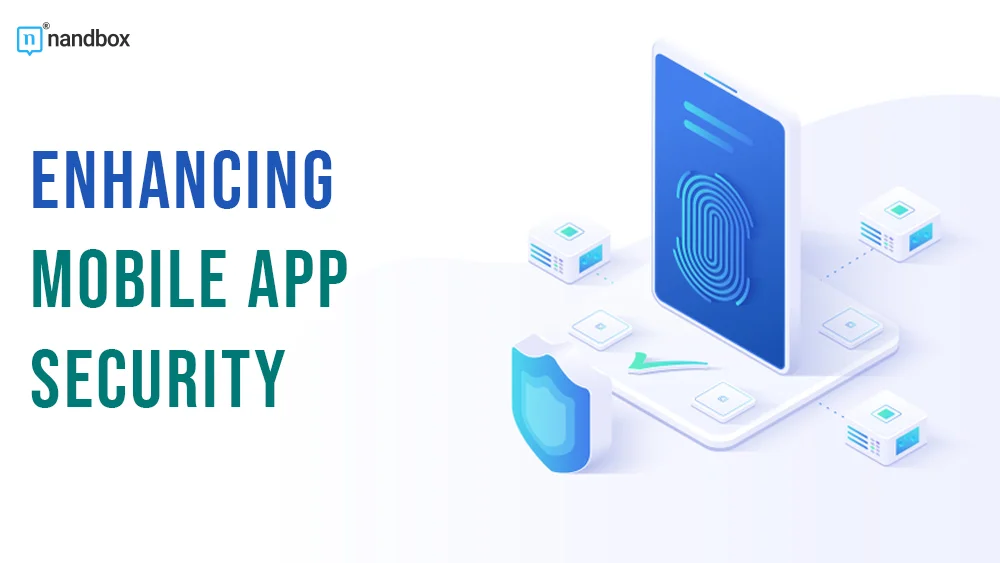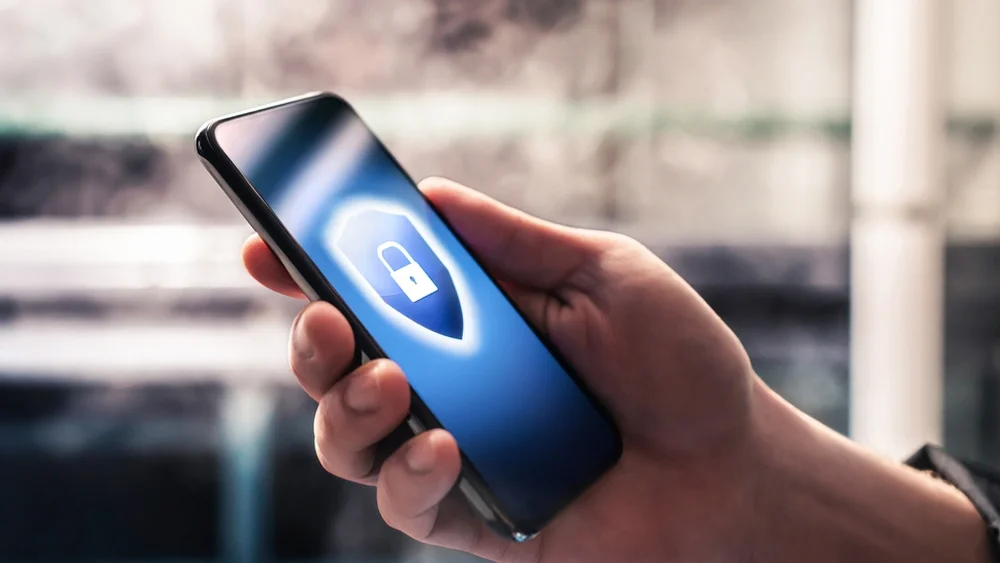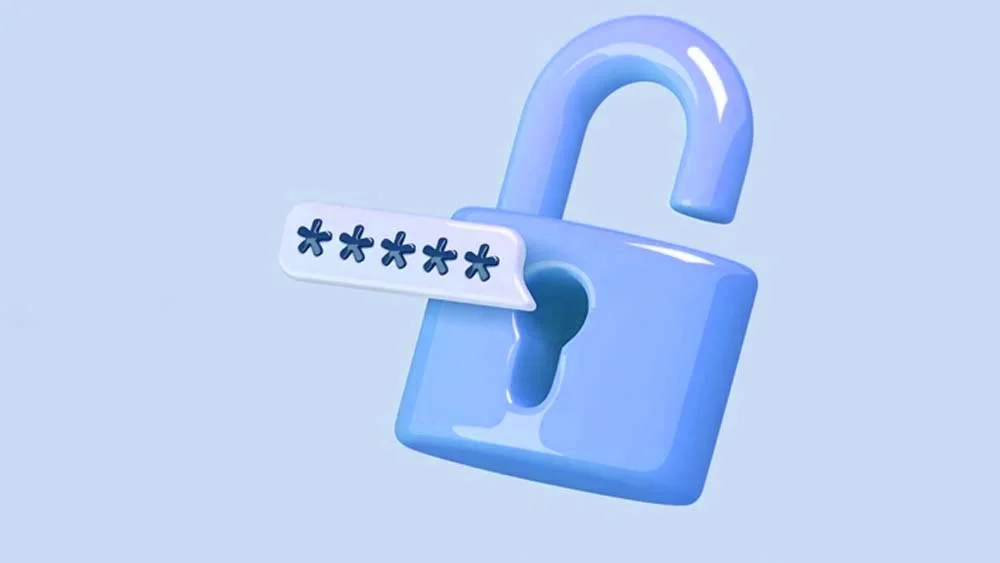If your team is creating mobile apps in this cutthroat market, focusing on mobile app security and having solid security solutions built-in and ensuring data privacy can really set your app apart from the rest.
If your app isn’t fully secured, the users can be at risk from hackers who can:
- Get their hands on data stored in the app or screen lock passcodes
- Intercept sensitive information going through the airwaves
- Reverse-engineer a dodgy app packed with malware or copy your app’s code
- Get intellectual property and other assets.
- Swipe customer data and IDs for identity theft or fraud.
But sadly, a lot of companies are skimping on security when developing and maintaining apps because they’re trying to keep up with the demand for mobile apps. Over 75% of all published apps have at least one security vulnerability. This is the kind of risk you can’t afford to take—security breaches can taint your brand’s image. You have to spend a lot of money and effort gaining user trust; winning it all back isn’t easy. Read on to learn some practical, tried-and-tested methods to secure your app.
Tips for Enhancing Mobile App Security
The first fundamental rule of mobile app security is to be sure the app is safe and doesn’t leak any of the user’s sensitive information. Use the strictest filtering techniques when creating a secure app to handle potential threats.
Risk Assessment
Run a threat modeling exercise to zero in on specific alerts. Here are some of the most common vulnerabilities businesses face that rely on mobile apps for their operations:
- Data Leakage: Sometimes mobile apps don’t do a proper job with sensitive information, letting it slip out or get accessed by folks who shouldn’t be able to.
- Weak Authentication and Authorization: If the login systems are not up to the mark, anyone can get in and snoop around where they shouldn’t.
- Lack of Secure Communication: Not using proper encryption or mishandling data while it’s being sent lets the wrong people get a look at it.
- Vulnerable Libraries and Third-party Components: Using old or dodgy code libraries in app development leaves the door wide open for attackers.
- Insufficient Transport Layer Protection: Your data is vulnerable during transmission if you’re not using secure communication methods like HTTPS.
- Client-Side Injection: Messing up how user inputs are handled causes issues like SQL injection or JavaScript injection.
- Side-Channel Data Leakage: Attackers use indirect methods like timing information or power use to figure out sensitive data your app is processing.
- Insufficient Session Handling: Poor session management is a reason for session hijacking or session fixation attacks, giving bad actors access they shouldn’t have.
Consider Platform-Specific Limitations
When you’re creating an app and writing the code, understand the ins and outs of the platform’s limits and security features. While you’re at it, consider how this operating system handles passwords, encryption, and geo-tagging differently from others.
Prioritize Security
Uploading your app to the App Store doesn’t mean it’s safe now. There are a lot of unsecured apps out there, so never let your guard down. Make security a top priority—not just when you’re developing but right from the planning stages.
Native apps are more prone to attacks than web-based ones. Once a native app is downloaded, its code stays on the device. So, if you’re a developer, spend time writing secure code. If you skip testing your code, you’re asking for trouble. Just one dodgy line of code can give hackers an easy way in. To avoid that, encrypt your code and thoroughly test it for vulnerabilities.
Ensure Network Security
Aside from securing your code, make sure the servers your mobile app accesses are secure, too. This protects your users’ data and stops any unauthorized access. Ensure the APIs and the people who access the servers are verified to secure the data passed from the client to the server and the database.
Increase your network’s security using an encrypted connection or a secure VPN. If these options aren’t possible, consider using another security measure called containerization. It involves creating encrypted containers, which are great for securing crucial documents and data.
Implement High-Level Authentication
Using multi-factor authentication stops unauthorized access and password-guessing attacks. Here are the three main authentication criteria:
- Knowledge Factor: Something the user knows, like a password or PIN
- Possession Factor: Something the user has (a mobile device, for example).
- Inherence Factor: Something the user is, like a fingerprint
Combining password-based authentication with a client certificate, device ID, or one-time password lowers the risk of unauthorized access. You can also throw in time- and location-based restrictions to stop cyberattacks.
Avoid Storing Sensitive Data
When you’re designing your app, make sure you keep data storage to a bare minimum to dodge any risks. Don’t store confidential information on a mobile device or your server if you can. Doing so will only crank up the risk levels. But if you really have to store data, make sure you put them in encrypted data containers.
When building your app, keep data storage to a minimum to stay out of trouble. If you can, avoid storing any sensitive information on a mobile device or your server. Doing so will only increase the risk. But if you really need to store data, put it in encrypted data containers.
Optimize Data Caching
Mobile devices often save cached data to speed up apps, but this can be a major security risk. It makes apps and devices more susceptible to attacks, giving criminals an easy way to access and decrypt cached information. A strong password should be required to access the app if your data is highly sensitive. Also, set up an automatic process to clear cached data every time the device restarts.
Fast and secure hosting providers ensure safe data transmission via HTTPS and other encryption methods, which are essential for safely caching sensitive data. Plus, high-quality hosting services typically have low-latency networks, which means that data requests from the mobile app to the server are processed quickly. Faster response times from the server mean that the app can retrieve and cache data more efficiently. Ensure that data isn’t tampered with during transmission and remains consistent between the server and the cached copies in the app.
Wrapping Up
Continuous security is a never-ending process. Regularly evaluate and update your app’s security posture. This involves revisiting the steps you’ve already taken, identifying new risks or threats, and adding new security measures as needed. The notion that security slows down development and causes inefficiencies is outdated. Forward-thinking companies understand that continuous security can prevent last-minute fixes and minimize the fallout from potential attacks. They recognize that a continuous security approach builds trust over time.





